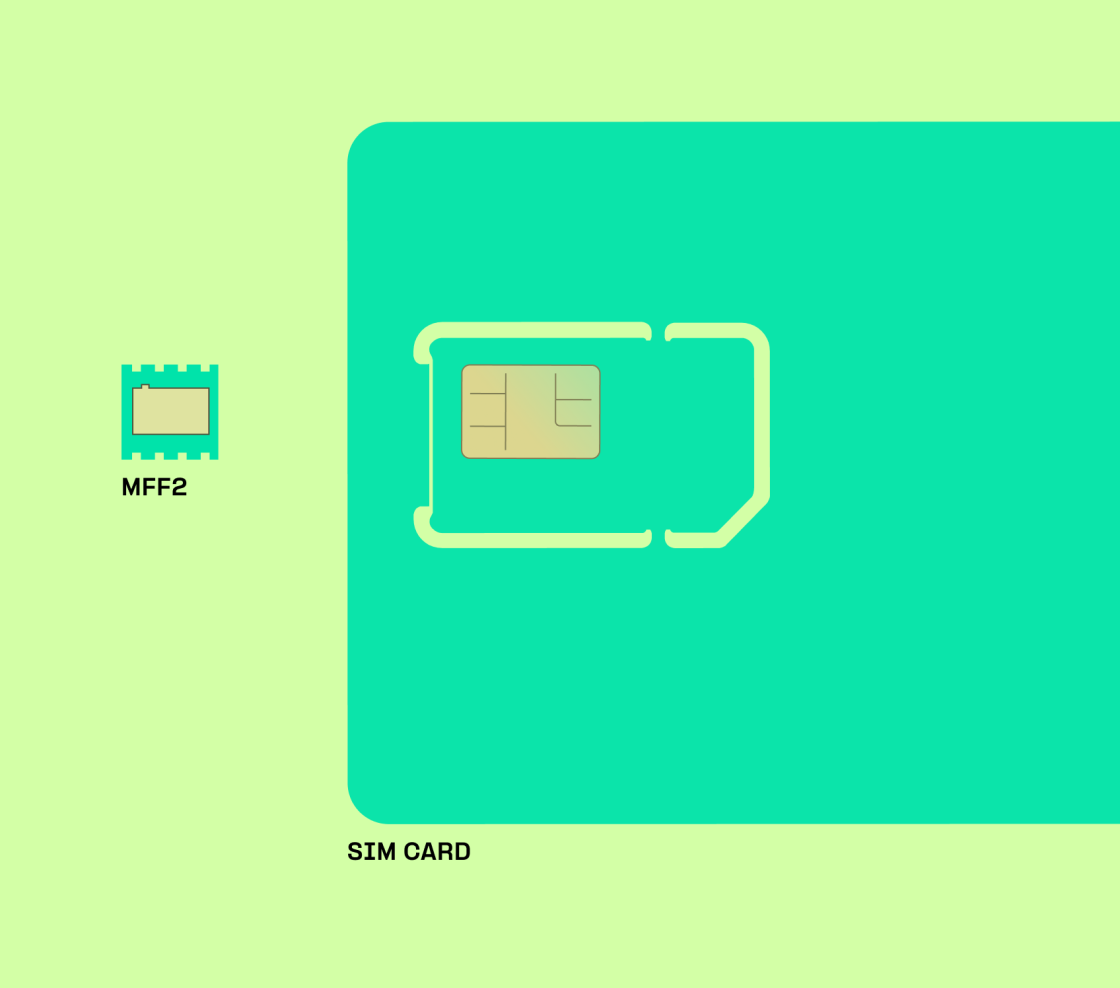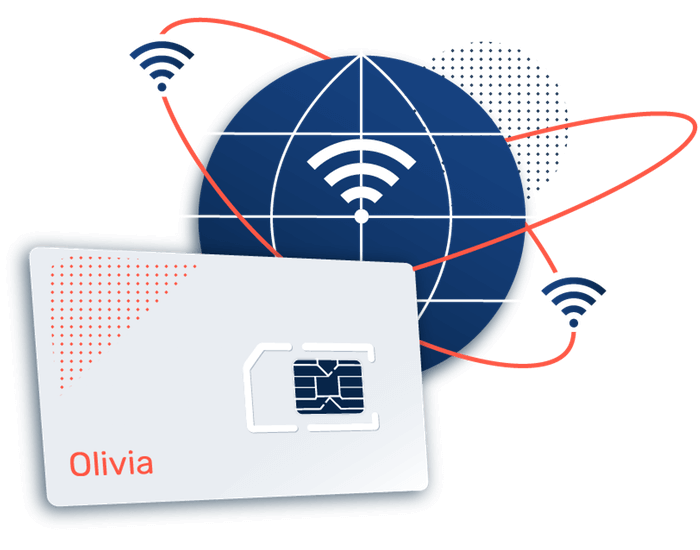Resilient IoT Connectivity Understanding the Internet of Things
Resilient IoT Connectivity Understanding the Internet of Things
Blog Article
IoT Connectivity Managementplatform SIM Card Solutions for IoT Connectivity
The rise of 5G technology is revolutionizing quite a few sectors, and the Internet of Things (IoT) is likely considered one of the most significantly impacted areas. This transformation is reshaping the method in which gadgets connect, communicate, and function collectively in a network. As more units turn into interconnected, the demand for speedy, dependable, and efficient connectivity escalates, which is where 5G steps in.
Traditional cellular networks battle with the massive data transfers required in an more and more related world. With its low latency, larger bandwidth, and increased capacity, 5G networks are designed to overcome these limitations. The implications are huge, ranging from smart houses to smart cities, and even in industrial functions.

A important feature of 5G is its capability to help a larger number of units simultaneously. This capability comes at a time when tens of millions of sensors and units are expected to connect with the web. Enhanced connectivity fosters not just a higher user experience but additionally supports advanced functions that require real-time feedback and synchronization amongst a quantity of units.
In smart properties, 5G permits various home equipment to operate seamlessly together. Smart thermostats, safety systems, and energy administration tools can talk promptly, making living environments more energy-efficient and secure. Users profit from real-time updates about their house environment, making certain they've full control, irrespective of the place they are.
IoT Connectivity Service Providers IoT Connectivity Management for Solutions
Similarly, in healthcare, 5G is enabling telemedicine solutions to thrive. With faster information transmission charges, patients can interact in digital consultations, while medical devices like wearables can send critical health info to healthcare providers in real-time. This reduces the necessity for in-person visits and permits for a more proactive method to healthcare management.
Industrial IoT applications are also experiencing speedy growth because of 5G. Manufacturing and logistics sectors more and more rely on linked machines and gadgets that gather data and supply insights. Predictive maintenance becomes a norm as gadgets communicate potential points, allowing corporations to behave earlier than small issues escalate into vital failures.
Internet Connectivity Principles In IoT Overview of IoT Connectivity Protocols
Additionally, the appearance of smart cities is highly influenced by 5G know-how. Infrastructure such as visitors lights, waste administration techniques, and public transportation can function more efficiently via higher connectivity. For example, real-time traffic data can be utilized to optimize visitors flow, decreasing congestion and emissions.
Security is a paramount concern in the IoT panorama. As connectivity expands, so do the alternatives for cyber threats. 5G networks promise improved safety features that protect the data integrity of connected devices, decreasing the vulnerability of personal and commercial belongings.
As extra sectors adopt IoT technology, the need for fast and dependable communication turns into critical. 5G presents solutions not only in latency reduction but in addition in robustness. This resilience ensures that even in high-density environments, such as stadiums or city centers, gadgets can continuously talk without disruption.
IoT Connectivity Issues Ultimate Guide to Cellular IoT Networks
Another noteworthy factor is the energy efficiency that 5G brings to linked gadgets. With calls for for greener technology growing, the low energy consumption associated with 5G networks means IoT devices can operate longer on battery life, contributing to both cost financial savings and sustainability. This is essential as more units attempt to operate with out frequent human intervention.
Through the various applications of 5G in IoT, a new panorama is emerging where expertise can predict, analyze, and respond to consumer my review here wants with exceptional accuracy. The data collected from interconnected gadgets can lead to more knowledgeable decision-making, enhancing person experiences across private and skilled domains. As we transfer towards a more related future, embracing these improvements will be crucial.
Connectivity Technologies In IoT Benefits and Use Cases of Connectivity Technologies

5G isn't merely an enchancment in connectivity; it represents a foundational shift in how know-how interplays with every day life. The integration of 5G in IoT is paving the means in which for developments that can unlock new alternatives, enhance efficiency, and foster a extra clever interaction between machines and people.
In abstract, the transformation driven by 5G know-how in IoT connectivity is unparalleled. Its functionality to support a multitude of linked devices while guaranteeing rapid communication and increased safety reshapes industries. The advantages span numerous domains together with healthcare, manufacturing, and urban improvement. As society progresses deeper into an interconnected actuality, the significance of 5G in enabling a better, extra responsive world will become extra evident.
The introduction of 5G has simply begun to scratch the surface of what’s attainable for IoT. Future developments and functions will likely exceed current expectations, marking the dawn of a model new era in connectivity. Building on this momentum will be important, as companies and customers alike put together to harness the transformative energy of 5G technology.
- Enhanced knowledge transmission speeds provided by 5G enable real-time communication for IoT units, drastically lowering latency issues beforehand faced by 4G networks.
- The elevated bandwidth of 5G helps a bigger variety of related devices simultaneously, permitting smart cities to operate seamlessly with hundreds of sensors and gadgets.
- 5G’s capacity to utilize lower frequencies helps penetrate buildings and urban structures higher, improving connectivity for IoT units in difficult environments like factories or smart properties.
- Network slicing technology in 5G provides customizable connectivity solutions, enabling particular IoT applications to receive prioritized network assets based on their distinctive needs.
- Improved energy efficiency in 5G networks extends the battery life of IoT devices, allowing for longer operational durations and lowered maintenance necessities for battery alternative.
- Advanced security protocols built-in in 5G infrastructure improve the safety of information transmitted between IoT gadgets, minimizing vulnerabilities in smart technologies.
- The low latency attribute of 5G transforms important applications such as autonomous vehicles and remote surgery, where prompt knowledge transfer and responsiveness are crucial.
- 5G facilitates edge computing, processing data closer to where it's generated, which optimizes response occasions and reduces reliance on centralized knowledge centers.
- The scalability supplied by 5G permits industries to quickly evolve their IoT capabilities, accommodating new technologies and elevated data hundreds with out major overhauls.
- With 5G, more subtle AI and machine studying algorithms could be deployed in IoT systems, permitting for predictive analytics and decision-making primarily based on real-time knowledge flows.undefinedWhat is 5G and how does it differ from previous generations of cell networks?
IoT Global Connectivity Quick Overview of IoT Connectivity Types

5G is the fifth era of cell network know-how, offering quicker speeds, decrease latency, and elevated capability compared to 4G and earlier networks. This allows a extra reliable connection for an enormous variety of devices, enhancing the performance of IoT purposes - IoT Sim Connectivity.
How does 5G improve IoT gadget performance?

5G enhances IoT device efficiency through its high speed and low latency. This permits for real-time knowledge processing and communication, which is essential for purposes like autonomous vehicles and smart cities, the place quick decision-making is crucial.
What industries will benefit probably cloud connectivity in iot the most from 5G IoT connectivity?
IoT Connectivity Control Importance of Connectivity in IoT
Industries similar to healthcare, manufacturing, agriculture, and smart cities stand to achieve significantly. For instance, 5G can support distant surgeries in healthcare or enable real-time monitoring and automation in manufacturing, leading to elevated effectivity and security.
Will 5G connectivity be broadly accessible for IoT devices?
While 5G infrastructure is being rapidly deployed, complete international coverage might take time. However, many urban areas are already seeing intensive 5G availability, making it increasingly accessible for IoT devices in those regions (IoT Connectivity Comparison).
Are there safety considerations with 5G IoT connectivity?
IoT Connectivity Provider Importance of Connectivity in IoT
Yes, 5G introduces new safety challenges, corresponding to elevated attack surfaces and potential vulnerabilities within the connected devices and infrastructure. Adopting strong safety protocols and standards will be vital for protecting IoT networks from threats.
How does 5G influence the event of smart cities?
5G facilitates better communication amongst interconnected units in smart cities, enabling real-time data sharing and analytics. This can result in improved traffic management, energy effectivity, and enhanced public security through smart infrastructure.
IoT Connectivity Companies Types of IoT Connectivity Options
What function does edge computing play in 5G IoT connectivity?
Edge computing complements 5G by processing knowledge closer to where it's generated, reducing latency and bandwidth utilization. This is particularly useful for IoT functions that require quick information evaluation, similar to autonomous driving and industrial automation.
Is 5G important for the means forward for IoT?
While 4G can help some IoT purposes, 5G considerably expands capabilities, supporting more units with larger performance and decrease latency. As IoT continues to grow, 5G shall be more and more important for unlocking its full potential.
IoT Connectivity Management Strategies and Challenges of IoT Connectivity
How can businesses prepare for the transition to 5G for his or her IoT solutions?
(IoT Connectivity Definition)
Businesses should assess their present IoT techniques and determine the compatibility with 5G technology. Investing in scalable, flexible solutions and collaborating with telecom suppliers might help ensure a easy transition and take full benefit of the benefits that 5G provides.
Report this page